Student Wellbeing Part 3 – The impact of Interoception on Neurodiverse Students’ Wellbeing and what to do
Interoception in neurodiverse students

Discussed in the episode:
✅ The importance of understanding and addressing interoception for student wellbeing
✅ Interoception encompasses internal bodily functions like hunger, thirst, need for the toilet, and pain
✅The impact of interoceptive challenges on behavior and learning
✅ Strategies for supporting students with interoceptive difficulties
✅ Why it is important to ensure students are hydrated, fed, and have access to toilets before addressing behavior
✅ Important to monitor caffeine and sugar intake, especially in secondary students
✅Recognizing that some students may refuse to eat or drink due to interoceptive challenges (e.g., PDA)
Download This PDF For More Information About Interoception
Did you know why you need routine drink, toilet & snack breaks for children with ASD, ADHD & SPD?
Interoception refers to the ability to perceive and understand your internal sensations and emotions. This occurs through receptors located throughout your body which communicate to your brain.
When the interoceptive system is working properly, you are motivated to take action to restore your balance and help you feel more comfortable. For example, if you get thirsty – you get a drink; if you feel cold – you get a sweater; if you feel anxious – you seek comfort. Simply, interoception is your urge to act.
For children with sensory processing issues, the brain can’t understand the sensory information their body if sending them meaning they are not able to identify their feelings. This often results in a sense of frustration, as they can’t locate their feeling of discomfort, and can cause meltdowns.
To tackle this, I highly recommend you introduce routines. These will accomodate for a the child whodoesn’t necessarily ‘know’ they are hungry, thirsty or need the toilet. It will also minimise discomfort and put them in a better mood . Think of yourself when you’re hungry, thirsty or need the toilet; does it affect you emotionally? In my experience, often sending a child to have a drink, go to toilet or eat something can prevent a meltdown. Therefore, I encourage you to create set routines for drinks, snacks and the toilet, as, whilst they can be challenging and time consuming to set up they are incredibly rewarding for everyone.

Some Strategies
1
Providing visual aids or schedules for drinking, eating and toileting reminders
2
Addressing potential sensory issues around toileting (e.g., noise, smells)
3
Collaborate with families to understand students’ interoceptive needs and challenges
4
Implementing sensory diets or movement breaks to support interoceptive regulation
5
Utilizing social stories or scripts to explain interoceptive cues and responses
6
Offering alternative seating or movement options for students with interoceptive difficulties
7
Make Toilet, Drink & Food a routine part of the day. Don’t wait for the child to ask as they often don’t know they need
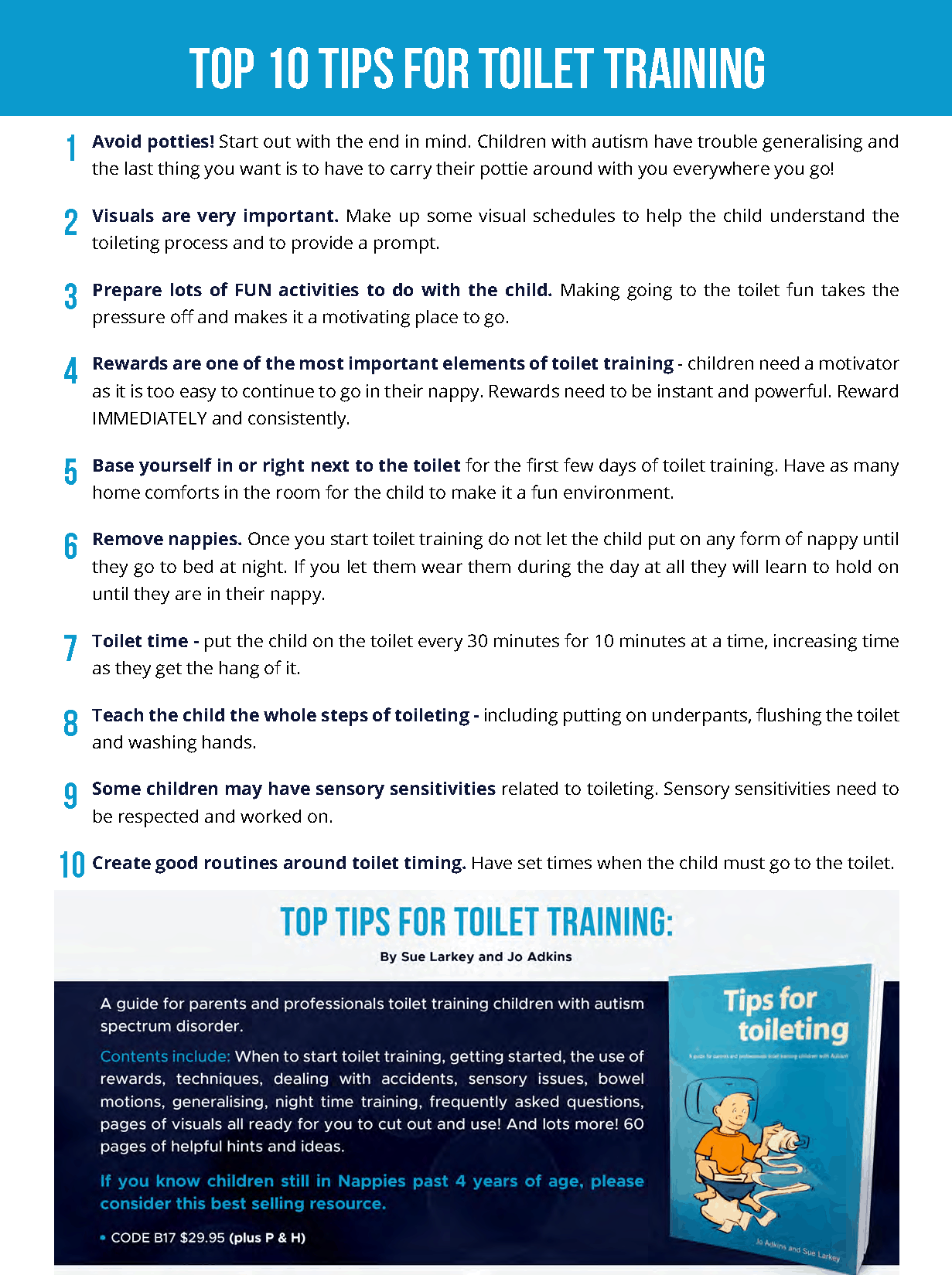
Tips for Toileting
| by Jo Adkins & Sue Larkey | A guide for parents and professionals toilet training children with an autism spectrum disorder. Contents include: When to start toilet training, getting started, the use of rewards, techniques, dealing with accidents, sensory issues, bowel motions, generalising, night time training, frequently asked questions, pages of visuals all ready for you to cut out and use! And lots more! 60 pages of helpful hints and ideas.
$29.95
19 in stock
Related Products


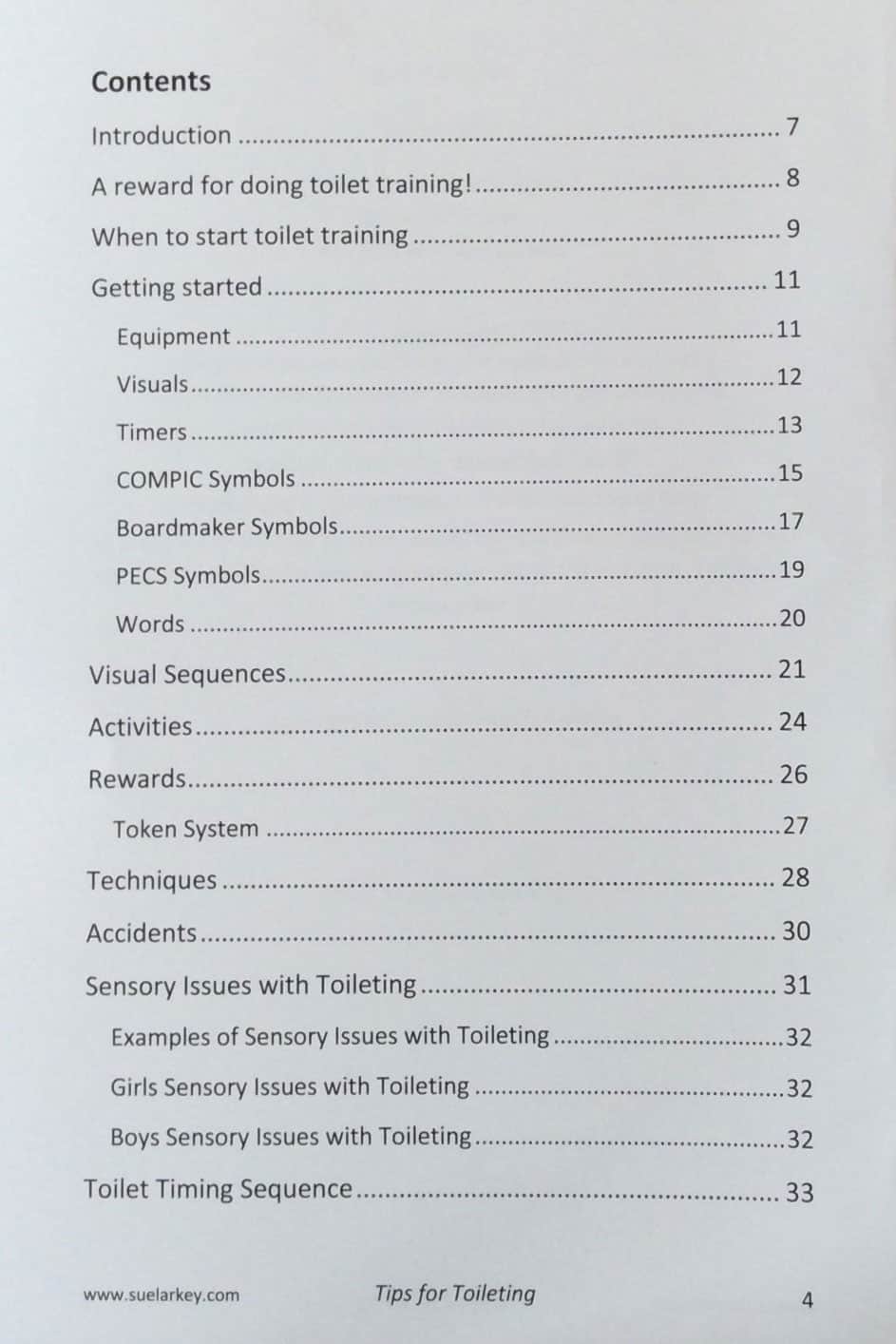
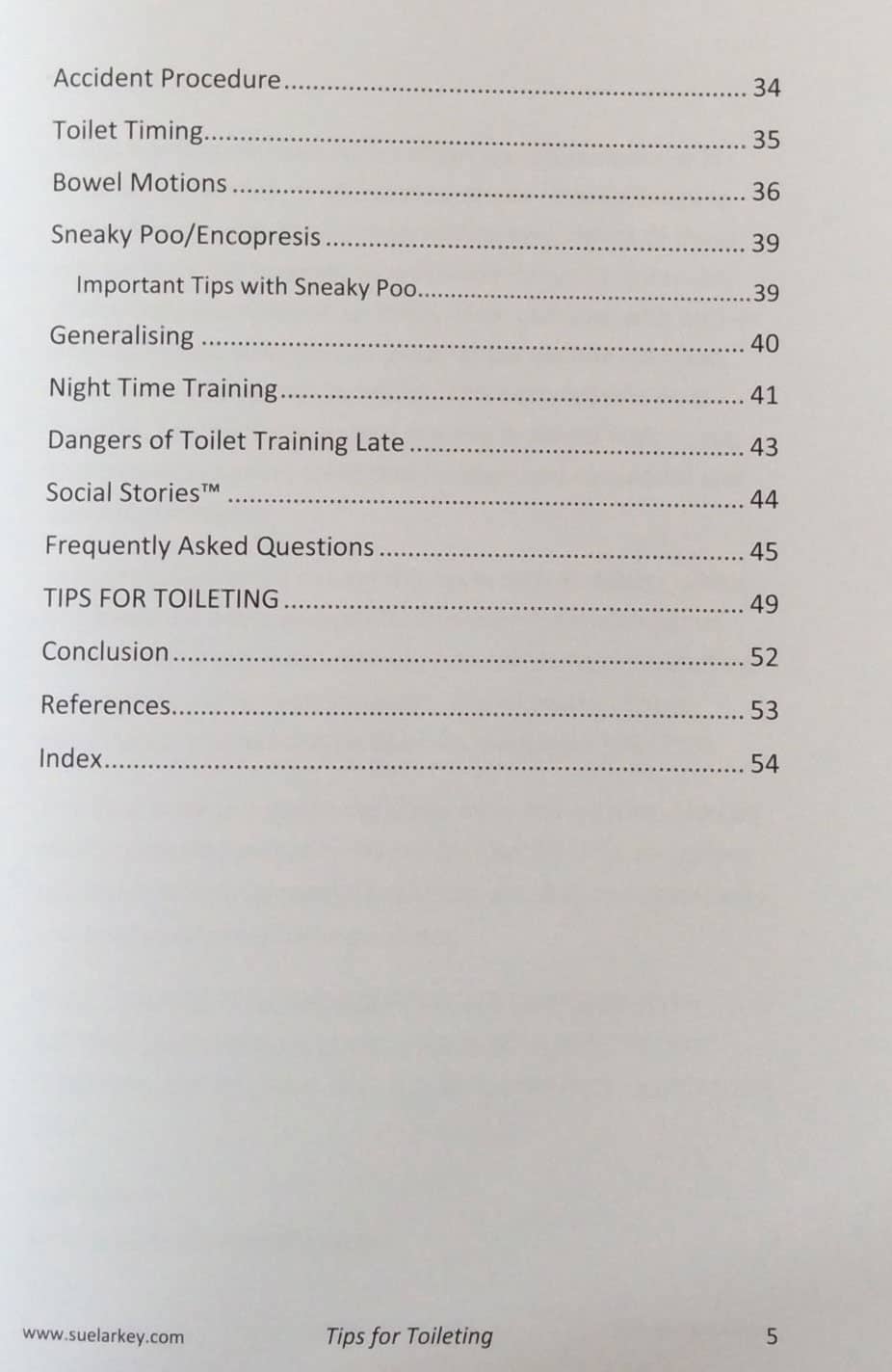
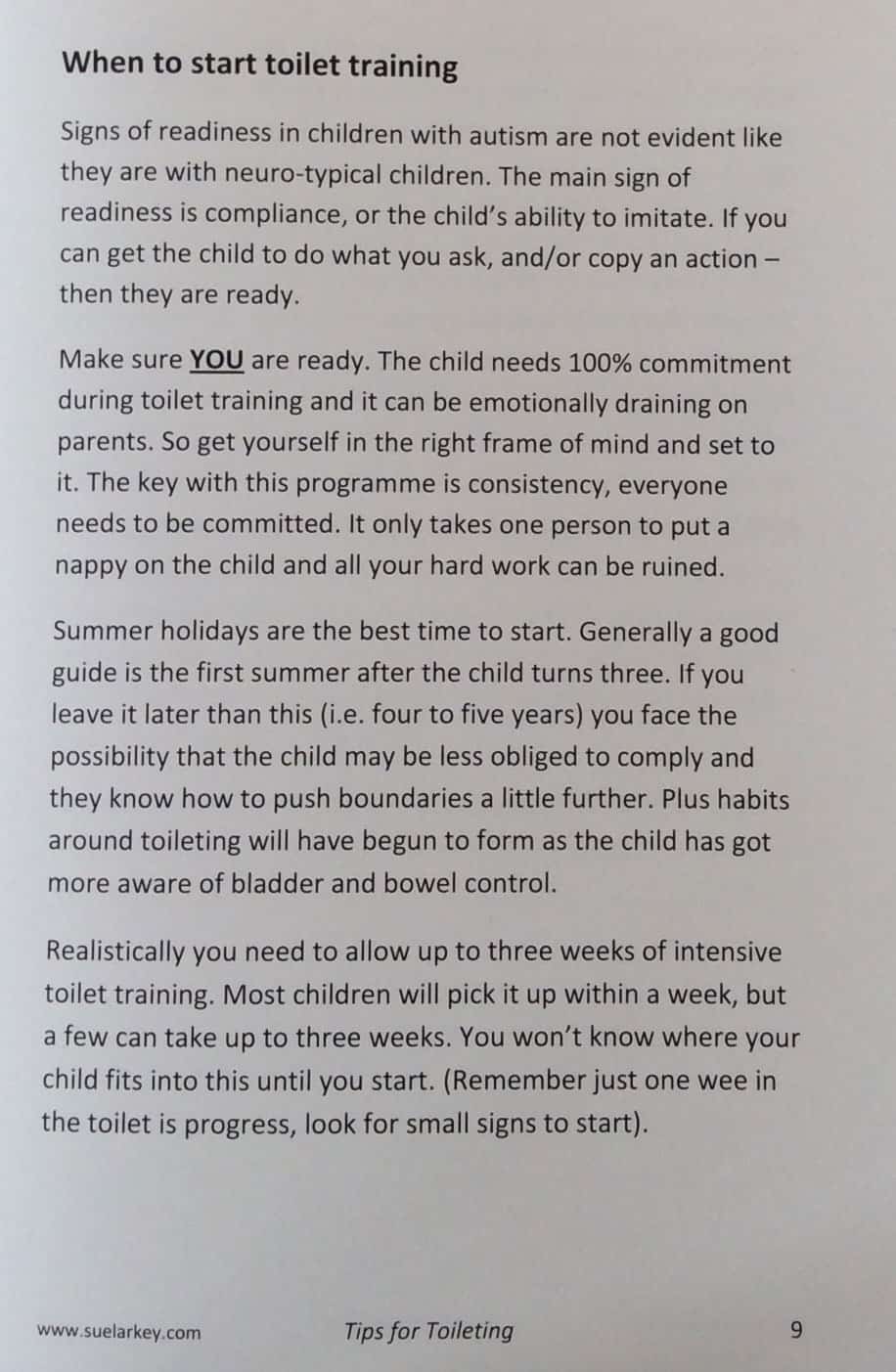
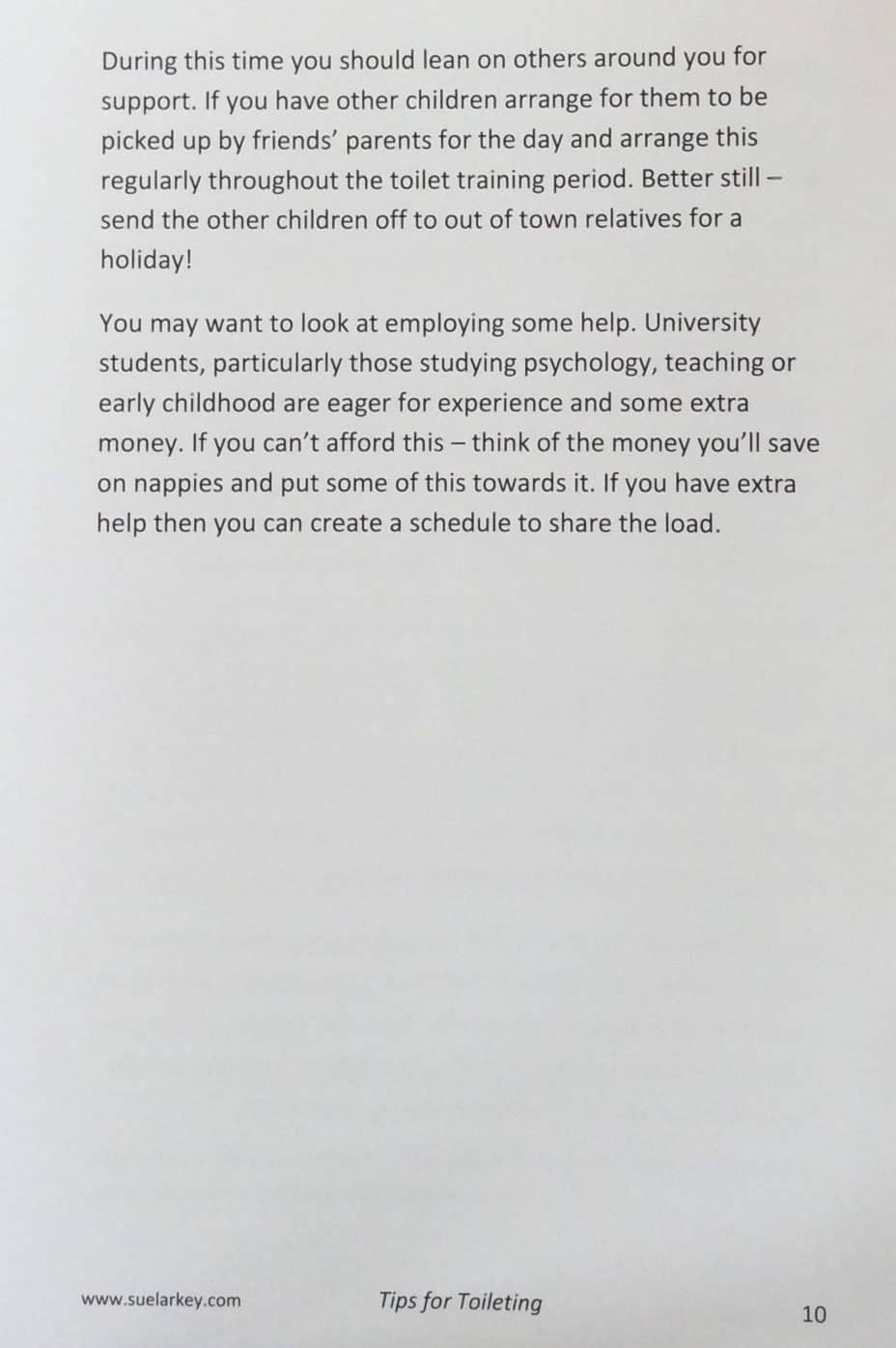









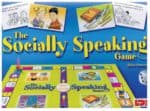

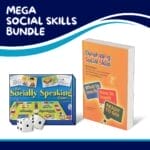





 Sorry we no longer ship items outside Australia. Please consider the digital versions of Sue’s Books –
Sorry we no longer ship items outside Australia. Please consider the digital versions of Sue’s Books – 